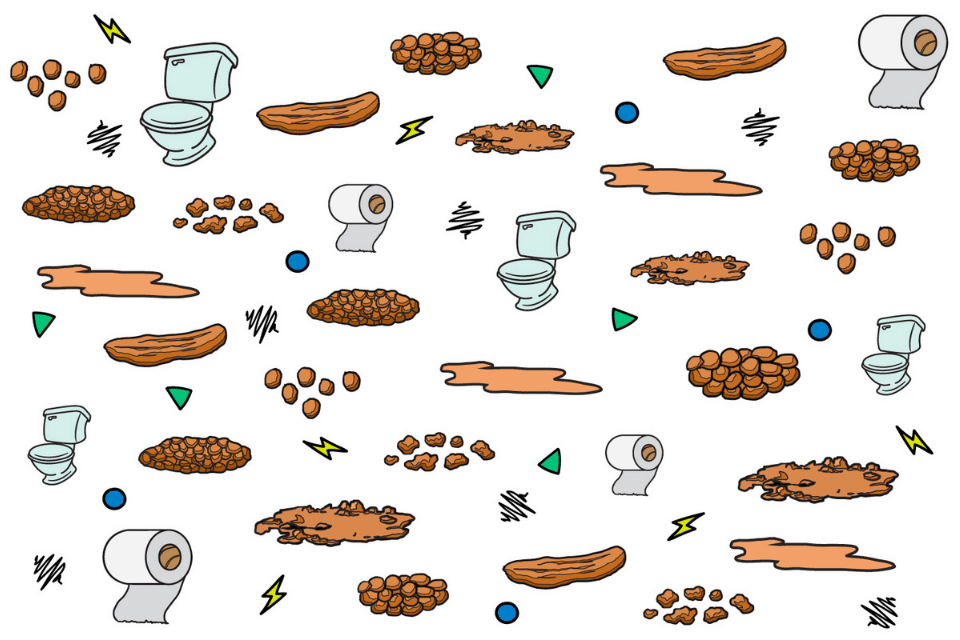Stool. Bowel movements. Feces. Poop. Whatever you call it, we all do it. However, not all stool looks the same. In 1997, doctors in England created a scale to classify stool into seven different categories. It is now used as a diagnostic tool to describe both the consistency and shape of bowel movements.
Poop is made up of mostly water along with undigested remains of our food. It also contains bacteria, cells, and mucus. We know that a lot of things go into determining what our poop looks like (food, illness, etc.), but by using the Bristol Stool chart to describe bowel movements, it can help determine whether our stool is healthy/normal or if there is something else going on.
The Categories
The categories of poop on the Bristol Stool Chart range from Type 1 to 7. It looks at both the consistency and shape of the bowel movements to help categorize constipation, diarrhea, or normal bowel movements.
Type 1: Small, hard lumps that look like rabbit pellets. This indicates constipation.

Type 2: Lumpy and sausage like. Similar to type 1 but it’s more formed and not separated. This can also indicate constipation.
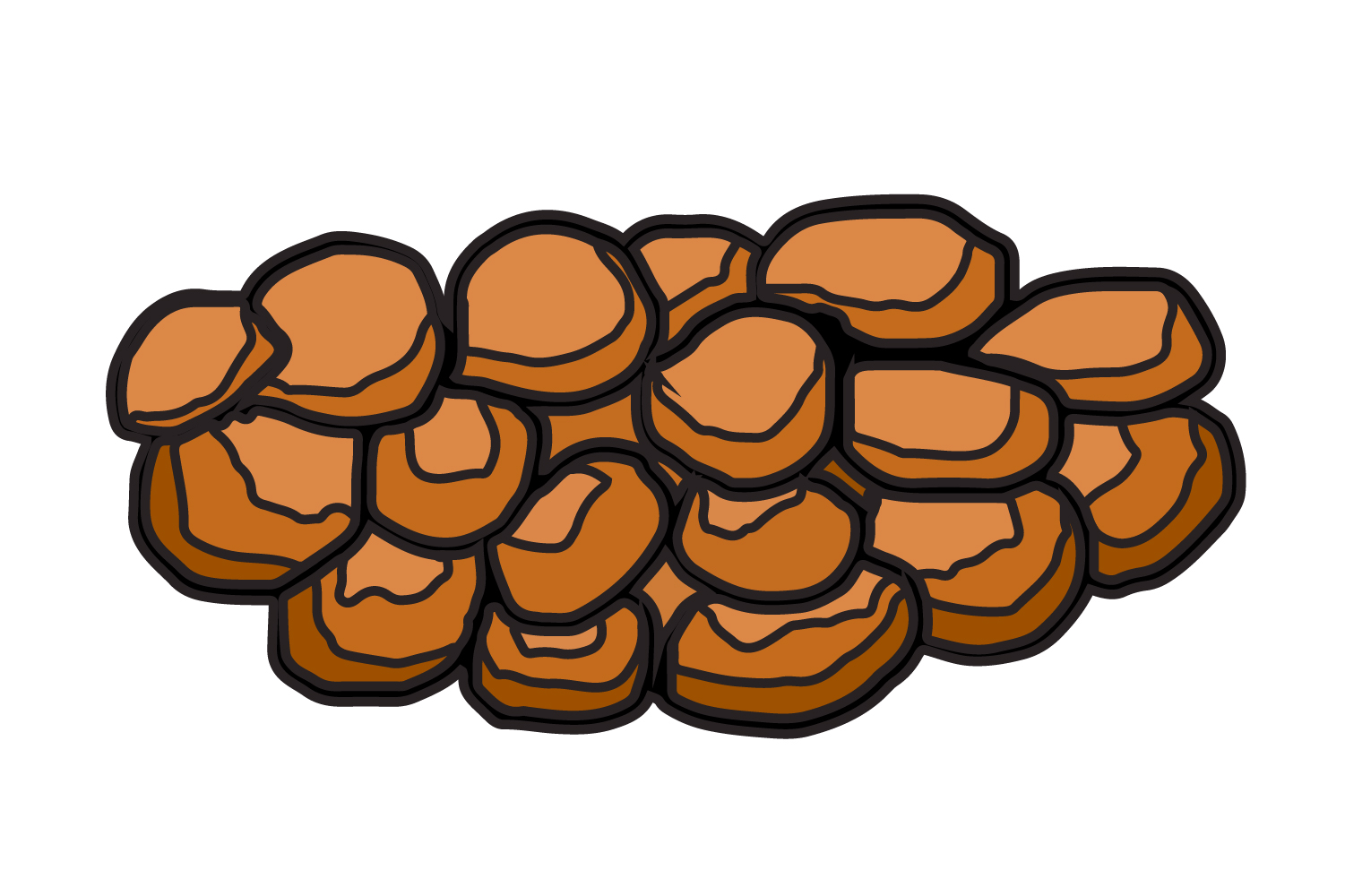
Type 3: Log shape, has cracks in the surface. This is healthy poop!
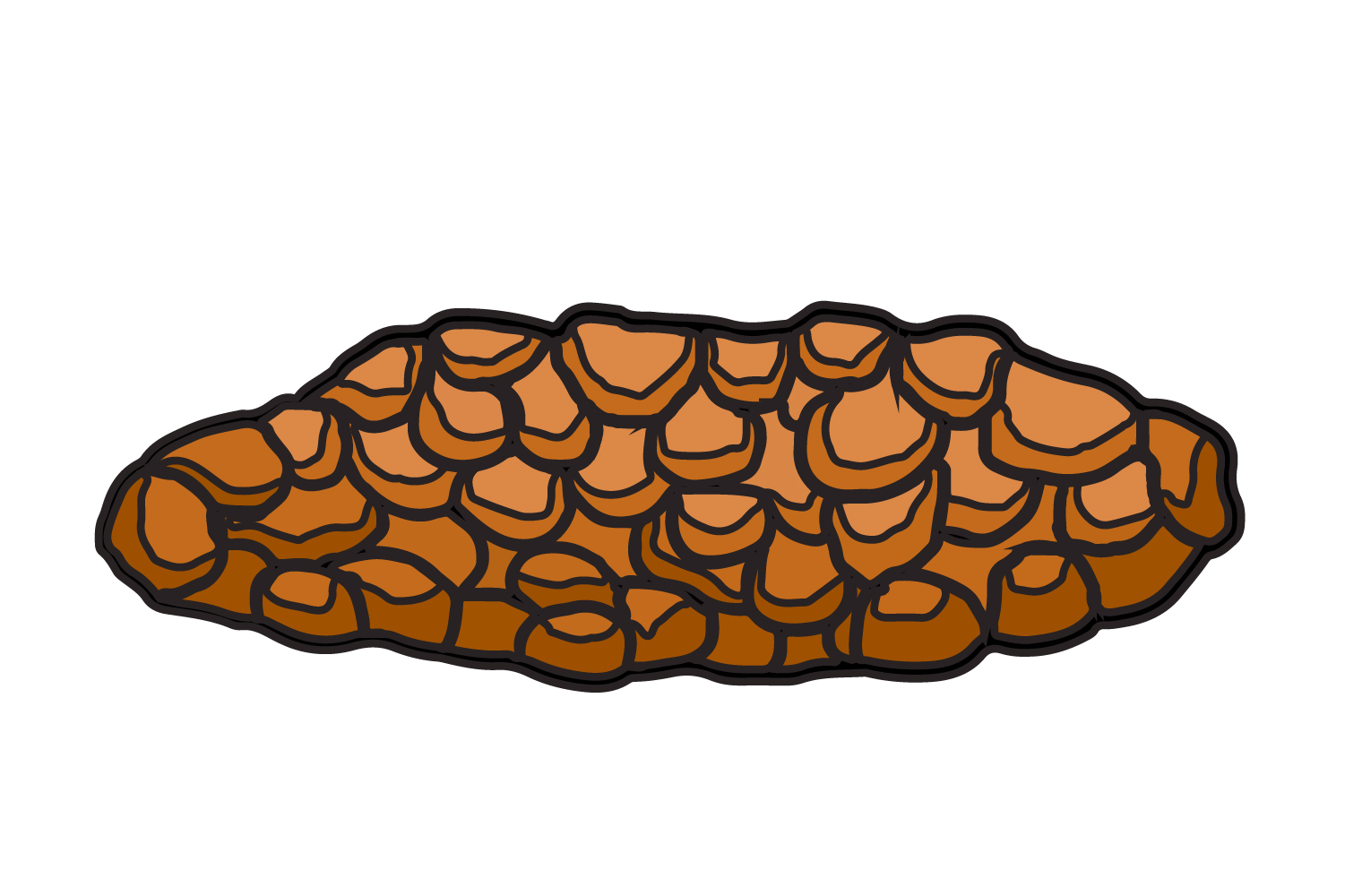
Type 4: Smooth, log shape. Some people also call this “snake” shape. Also a normal, healthy poop.
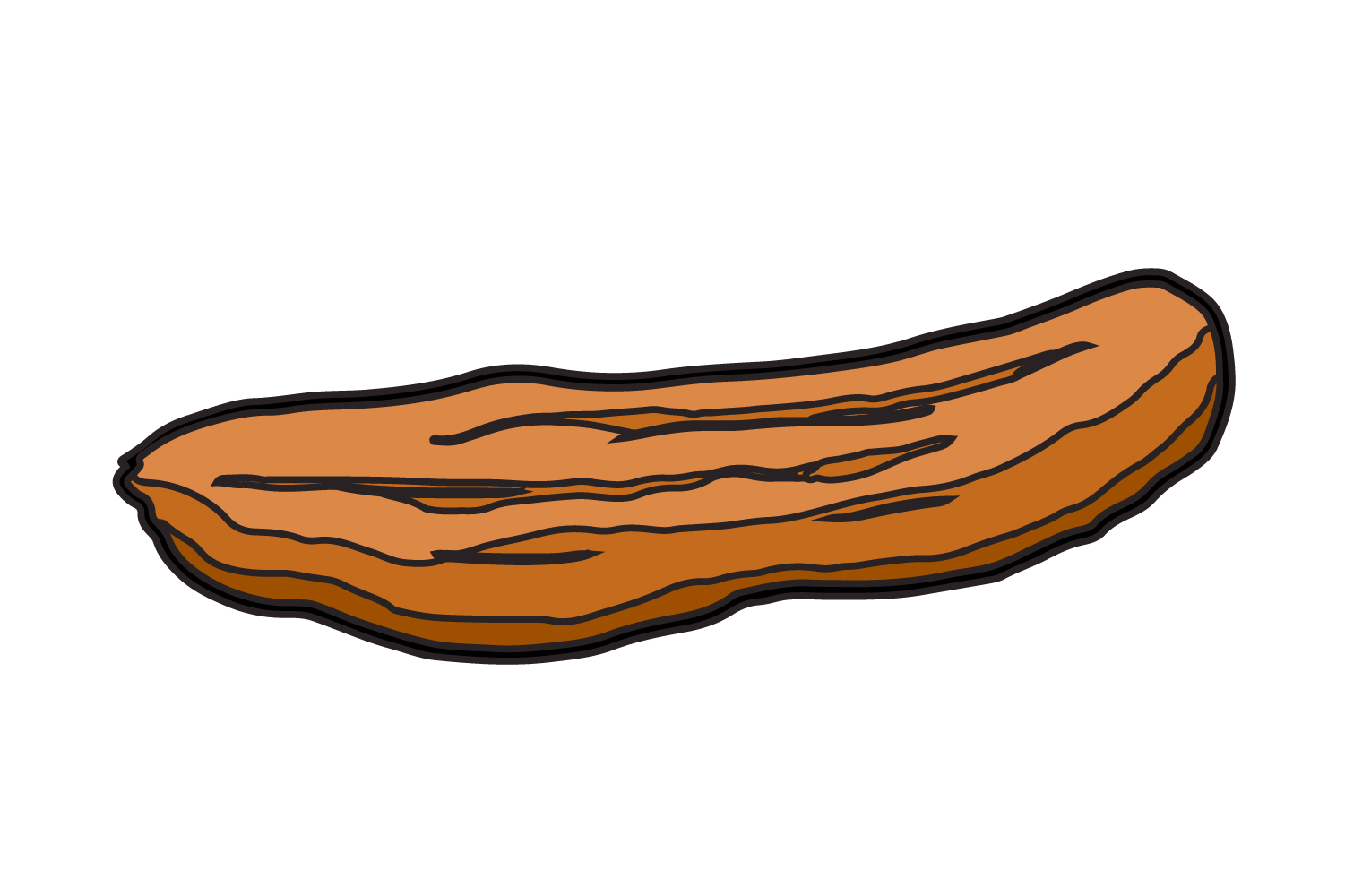
Type 5: Soft blobs with clear cut edges. This may indicate that you don’t have enough fiber in your diet.
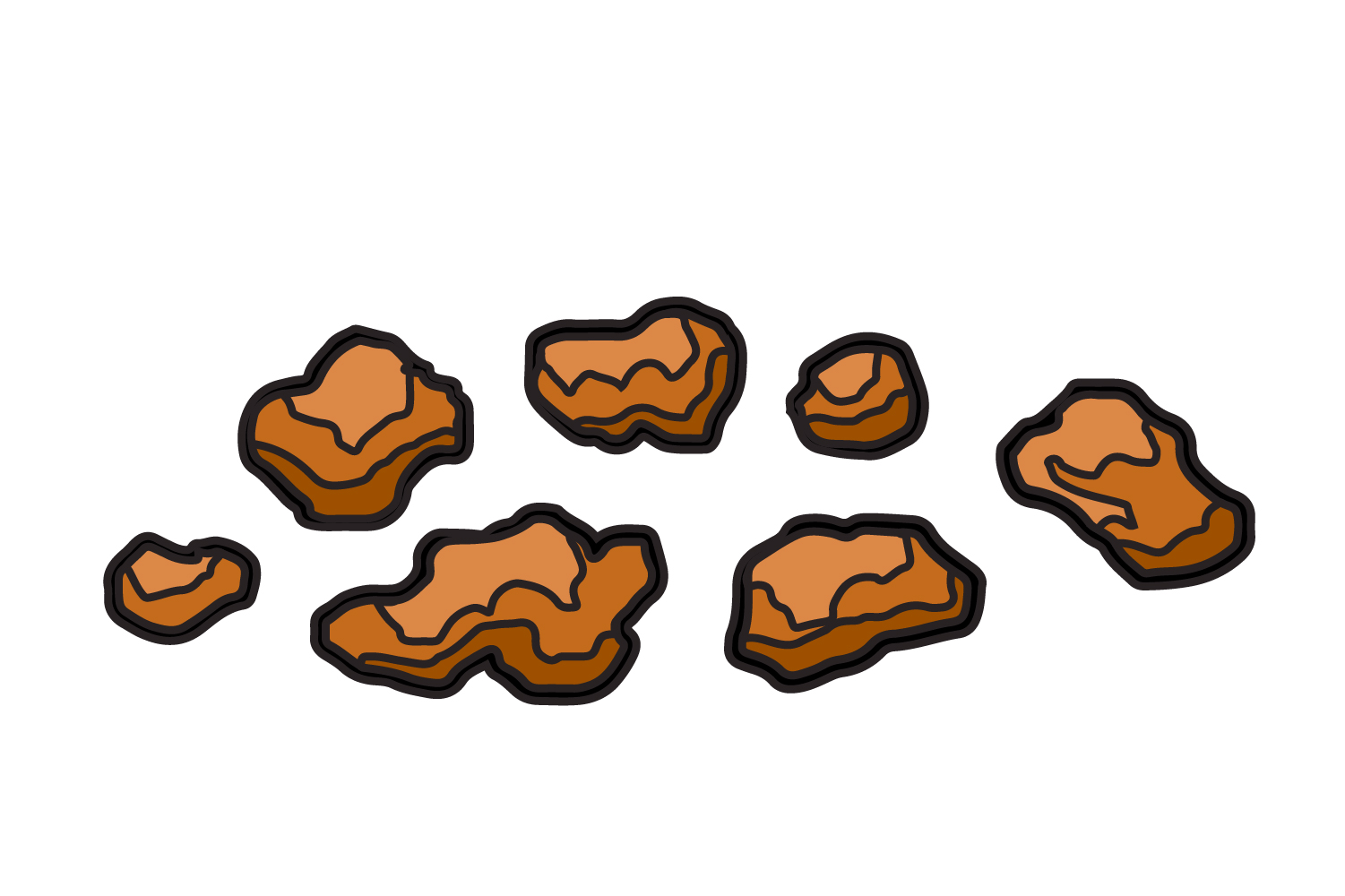
Type 6: Mushy with ragged edges. This indicates mild diarrhea.
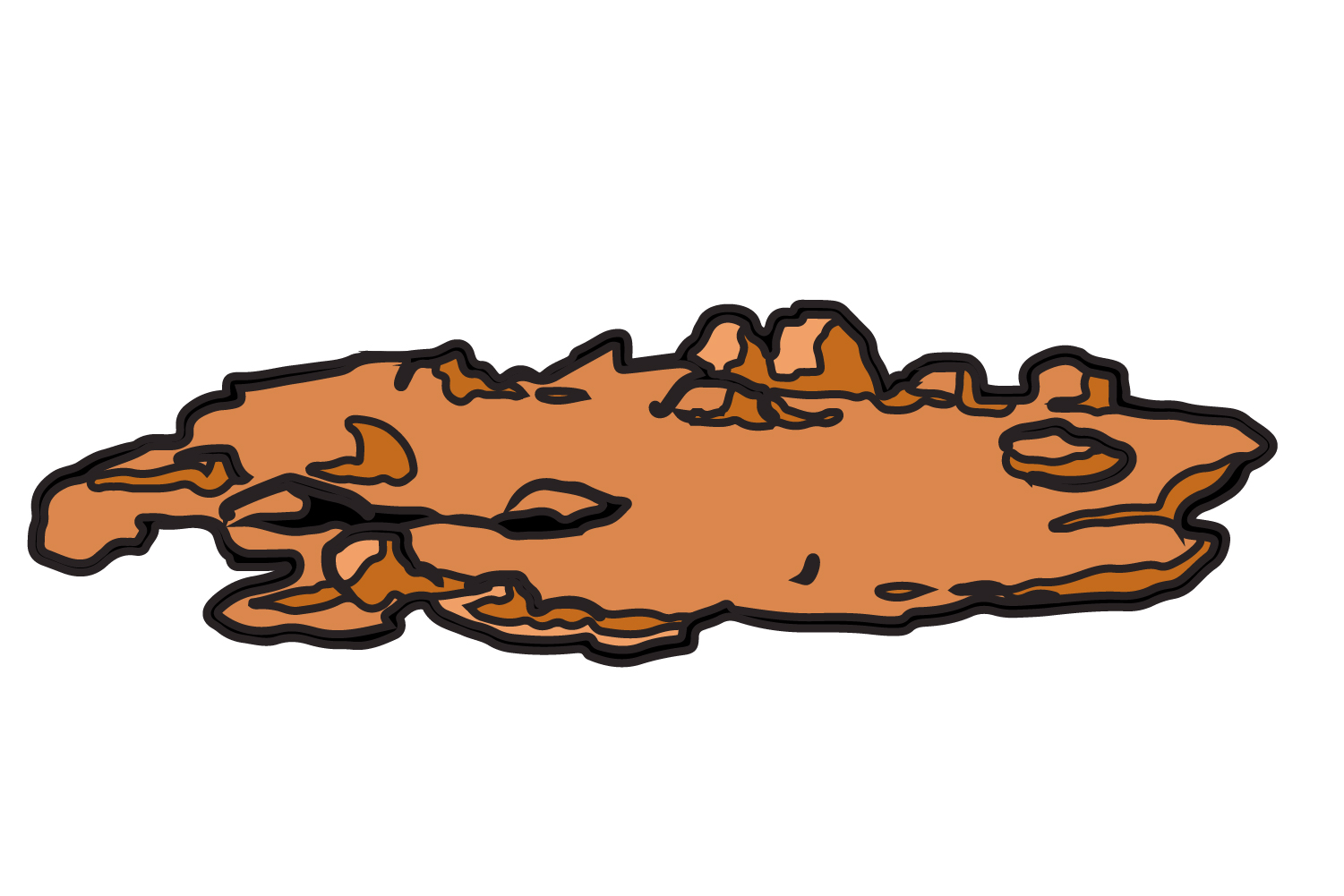
Type 7: Liquid with no solid pieces. This is severe diarrhea.
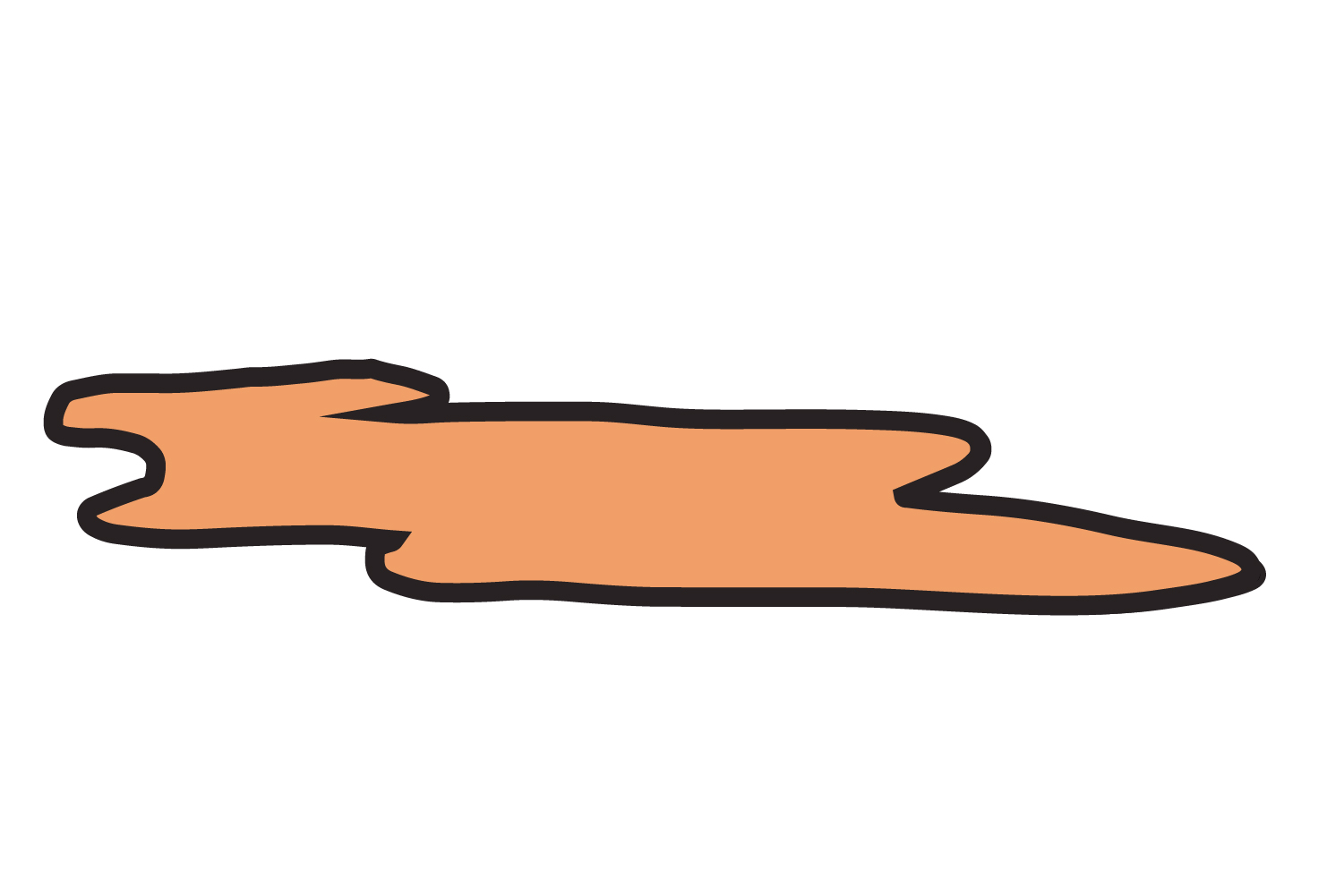
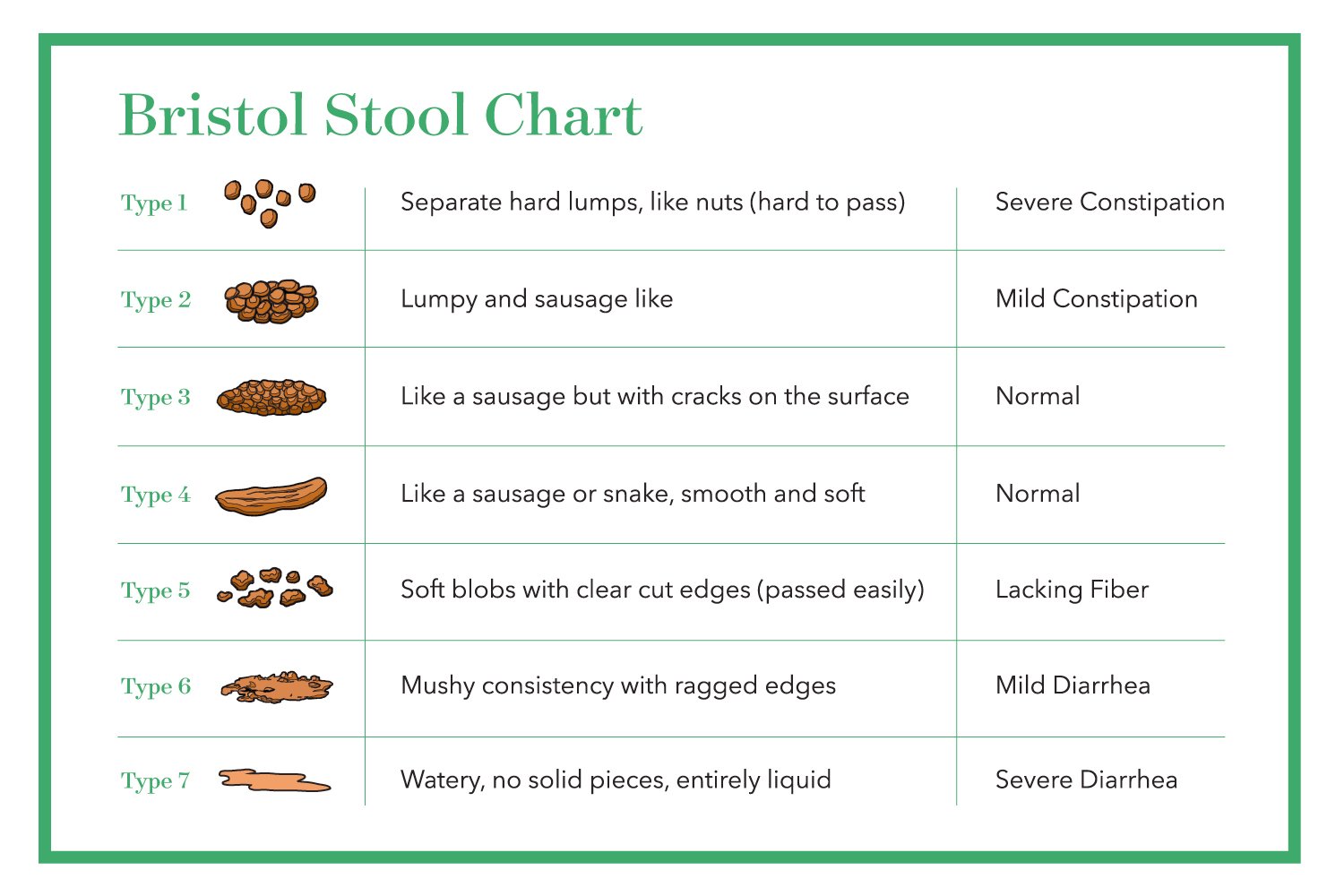
The Color
While the Bristol Stool Chart does not put an emphasis on color, we know that certain foods, medications, and digestive disorders may impact what shade your stool is.
Brown
Normal, healthy poop. This means that bile, which is a digestive fluid produced by your liver, has worked its way through to your gallbladder and through your digestive system. Bile, along with enzymes, help to break down food, specifically fats.
Green
Food may have moved through your digestive tract too quickly and bile was not properly broken down. It may also be caused by green foods (like spinach) or green food dyes.
Yellow
May indicate too much fat in the diet or malabsorption.
Red
Lower digestive system bleed or red foods (like beets) or dyes. This may also indicate that you have hemorrhoids and are bleeding.
White or clay colored
This may point to an issue with your biliary ducts or gallbladder, which help to transport bile. It may also be caused by fluid taken during testing (i.e. barium).
Black or dark brown
Bleeding in the upper digestive tract or medications like iron supplements or Pepto Bismol.
To wrap up, a “normal” poop will likely be brown in color and look like Types 3 or 4. Everyone’s bowel movements may be a little different and this goes for frequency as well. It’s normal for some people to have 1-3 bowel movements per day, while others may only have a bowel movement every other day. Try tracking your bowel movements to help you determine how healthy your poop is, and be sure to set up an appointment with your doctor if you have any concerns.

